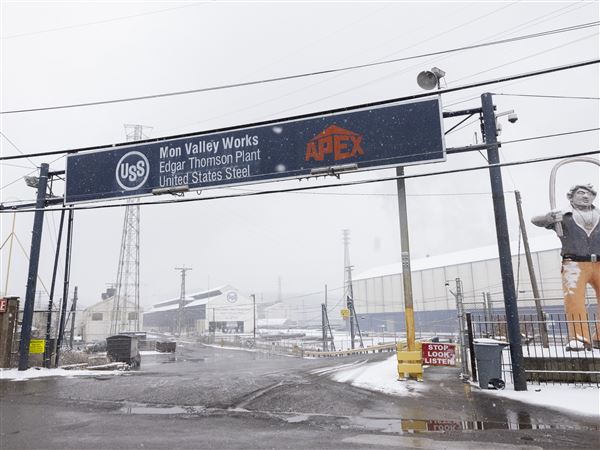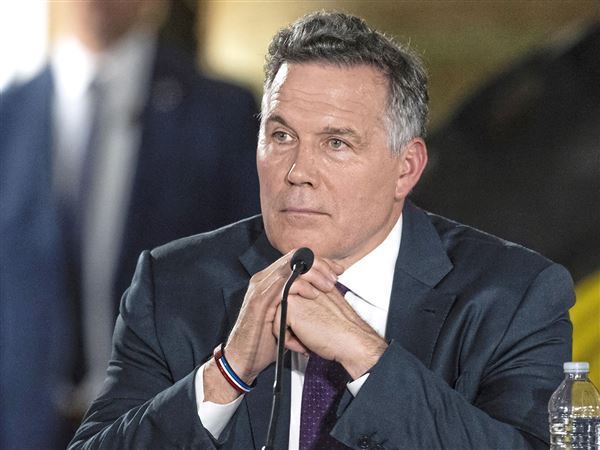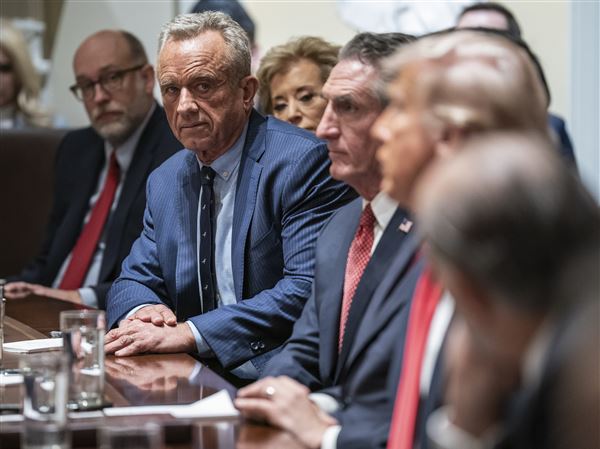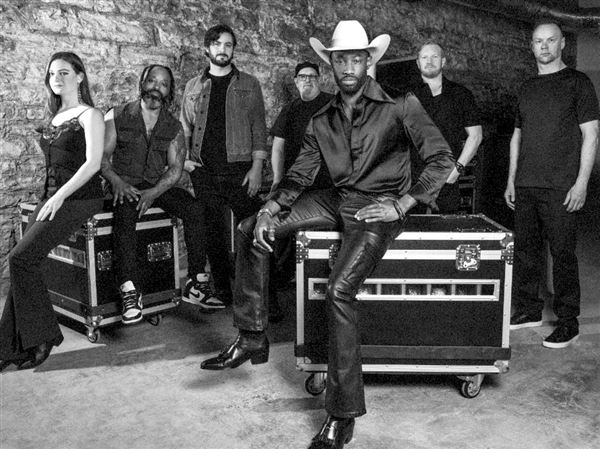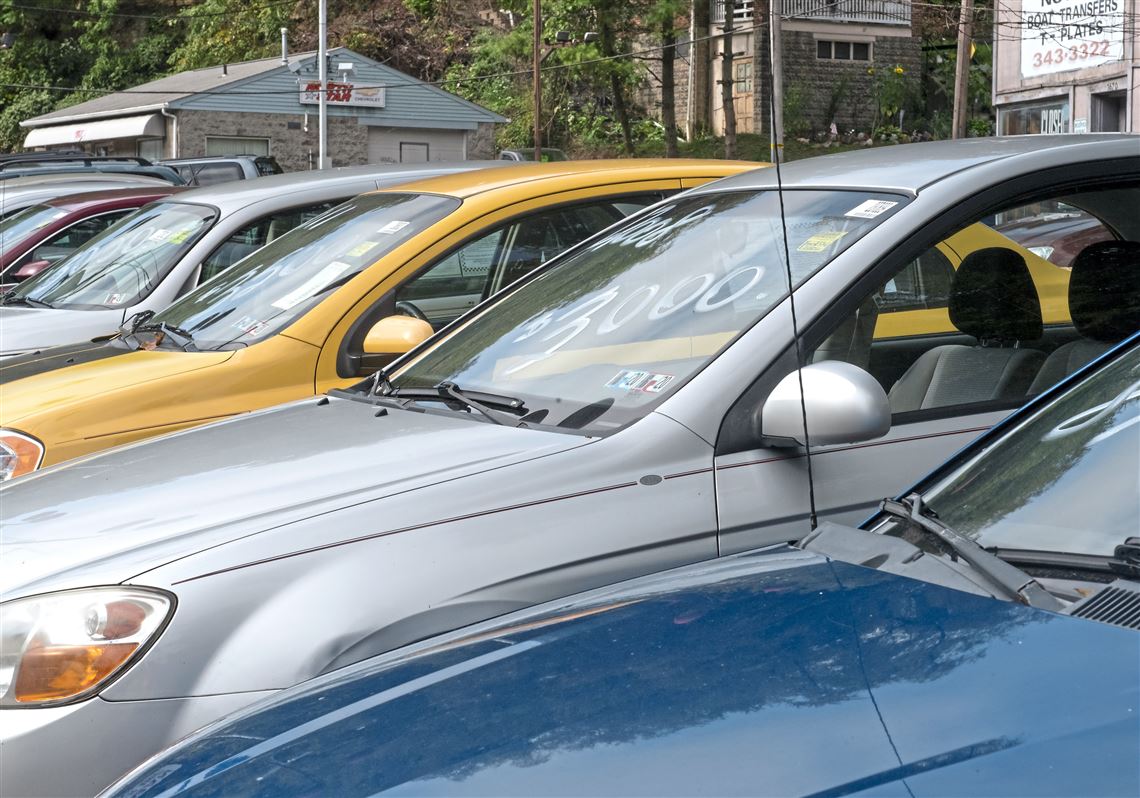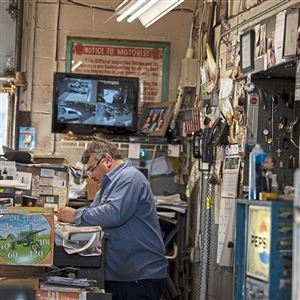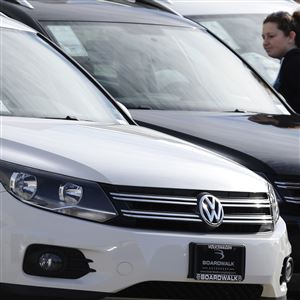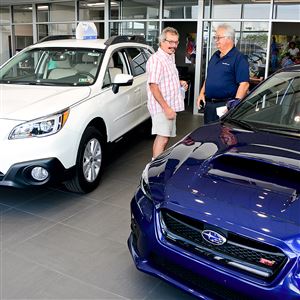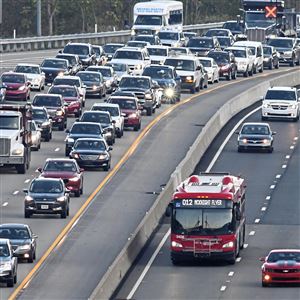New car sales in the U.S. are expected to remain near historic highs this year, but there are some troubling signs under the hood for dealers and automakers alike.
Probably the biggest omen comes from consumers who increasingly are finding the price tags on new cars beyond their reach, industry experts say.
“Folks like you and I aren’t coming in and buying cars at the dealership,” said Charlie Chesbrough, senior economist at Atlanta-based Cox Automotive, owner of Kelley Blue Book and the car shopping site Autotrader.
As new car prices escalate, fewer people can afford the monthly payments, he said. The average transaction price for a new car is about $37,000.
“[Consumers] are being forced to find other means of transportation — ride-sharing services like Uber and Lyft — or enter into the used car market,” Mr. Chesbrough said.
The trend is being amplified by young adults burdened by student debt.
“Some millennials are deciding it’s more financially viable to forget about owning a vehicle and just use these ride-sharing services,” he said.
Sales of more affordable off-lease cars have climbed steadily in recent years. These so-called gently used vehicles (from new to 4 years old) now make up more than 40% of the combined new and gently used market, up from about 30% in 2013, according to Mr. Chesbrough.
It’s not hard to understand why.
In 2010, a 3-year-old used car cost an average of nearly $9,000 less than a new vehicle, according to the car buying and information site Edmunds. This year that spread widened to $13,500.
“Generally you can think of a 3-year-old vehicle as selling for 30% to 50% below a brand new version,” Mr. Chesbrough said. “It’s a significant savings.”
As the economy slows, more people will be looking for ways to cut costs, “which could be quite a challenge” for the industry, he said.
While that’s bad news for automakers, there’s a silver lining for car dealers: The profit margin on used cars is generally higher than on new ones.
Although sales of new cars at the retail level are on the decline, the slowdown at the showroom is being blunted by strong demand from fleet buyers — most notably rental car companies looking to upgrade their stock to meet customers’ growing preference for driving larger, better-equipped vehicles.
“People want to drive bigger cars and SUVs, not the basic rental car that isn’t as nice,” said Jessica Caldwell, an analyst at Santa Monica, Calif.-based Edmunds.
Under pressure from the ride-sharing industry, “Rental car companies are trying to protect their business by making their fleets more attractive,” she said.
Meanwhile, dealerships are continuing to try to cut costs by merging — a trend that is expected to continue.
Locally, one of the biggest car retailers in the country swallowed up Wexford-based Baierl Automotive in 2017, and the Day Automotive Group in Monroeville in 2018.
While dealerships combine, consumers will continue to be faced with escalating sticker prices, experts say.
“The trend is not going to go away because of all the new technology going into these vehicles,” Mr. Chesbrough said, including lane departure warning systems, automatic breaking systems and other evolving self-driving technology.
On the upside, that means that cars overall are getting safer.
“Consumers can expect vehicles to get more expensive, but also get better and better,” he said. “That benefits new car buyers or the budget buyer.”
Patricia Sabatini: PSabatini@post-gazette.com; 412-263-3066.
First Published: October 7, 2019, 10:00 a.m.
